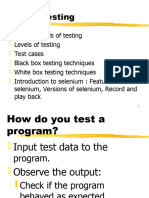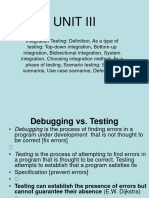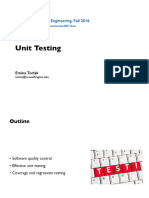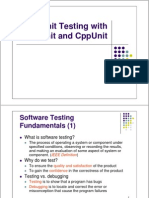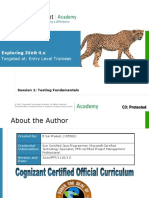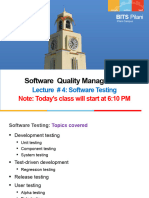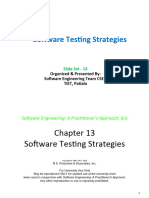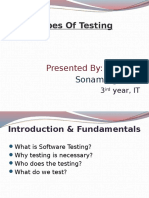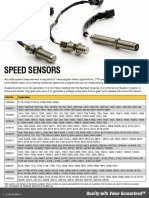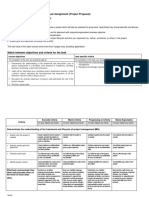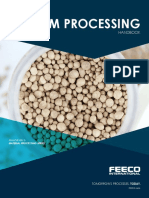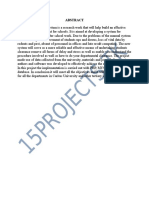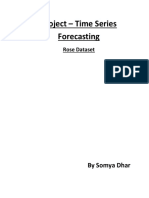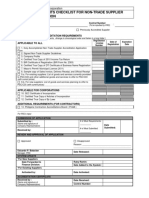0% found this document useful (0 votes)
23 views108 pagesSoftware Testing Methodologies - Final
The document outlines a comprehensive software testing course structured over four weeks, focusing on various methodologies including unit testing, integration testing, system testing, and acceptance testing. It emphasizes the importance of testing throughout the software development lifecycle (SDLC) to ensure quality and reduce costs associated with defects. Key concepts include different testing types, principles, strategies, and tools, with practical examples and best practices for effective implementation.
Uploaded by
kennyfotsofredCopyright
© © All Rights Reserved
We take content rights seriously. If you suspect this is your content, claim it here.
Available Formats
Download as PDF, TXT or read online on Scribd
0% found this document useful (0 votes)
23 views108 pagesSoftware Testing Methodologies - Final
The document outlines a comprehensive software testing course structured over four weeks, focusing on various methodologies including unit testing, integration testing, system testing, and acceptance testing. It emphasizes the importance of testing throughout the software development lifecycle (SDLC) to ensure quality and reduce costs associated with defects. Key concepts include different testing types, principles, strategies, and tools, with practical examples and best practices for effective implementation.
Uploaded by
kennyfotsofredCopyright
© © All Rights Reserved
We take content rights seriously. If you suspect this is your content, claim it here.
Available Formats
Download as PDF, TXT or read online on Scribd
/ 108





